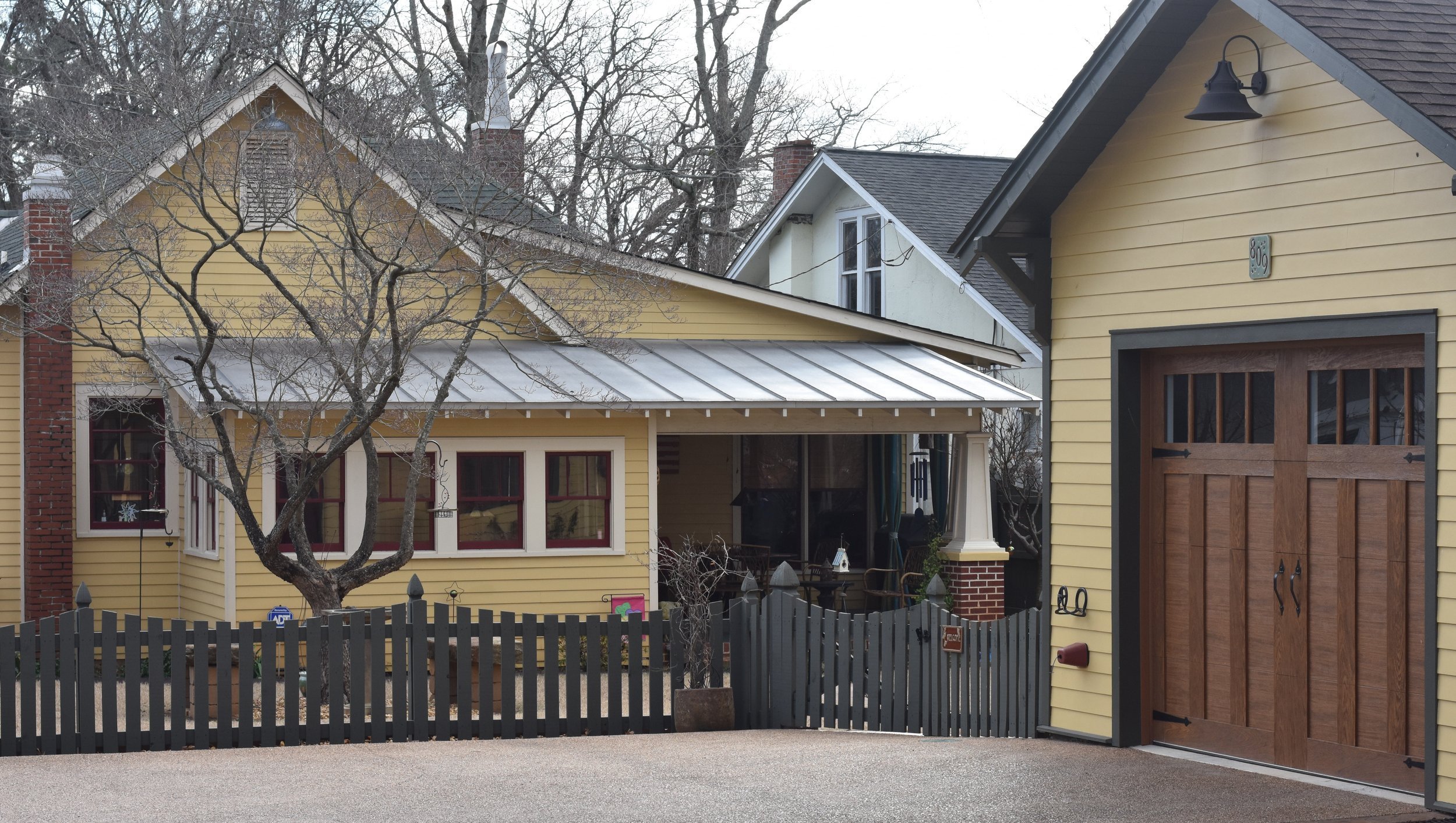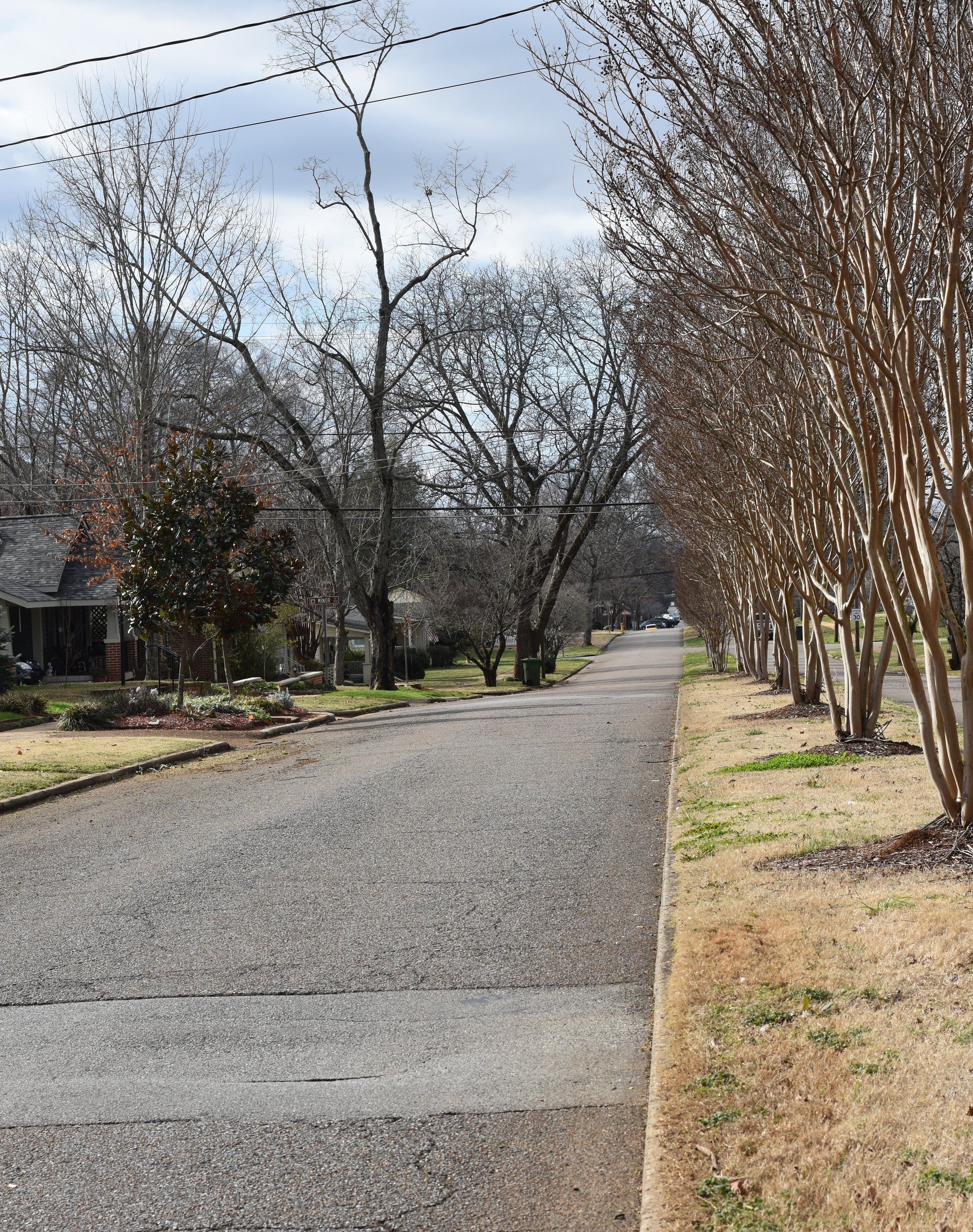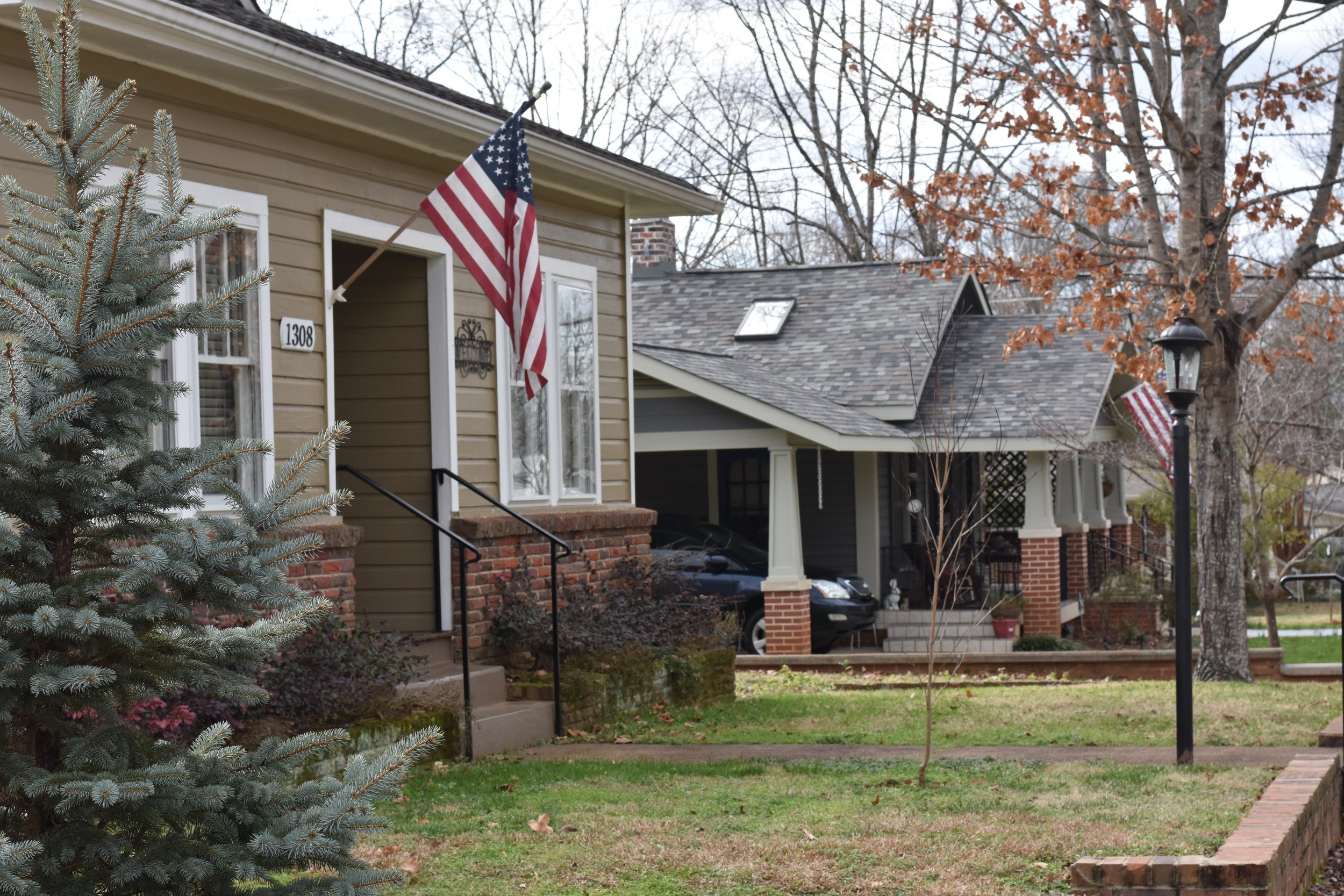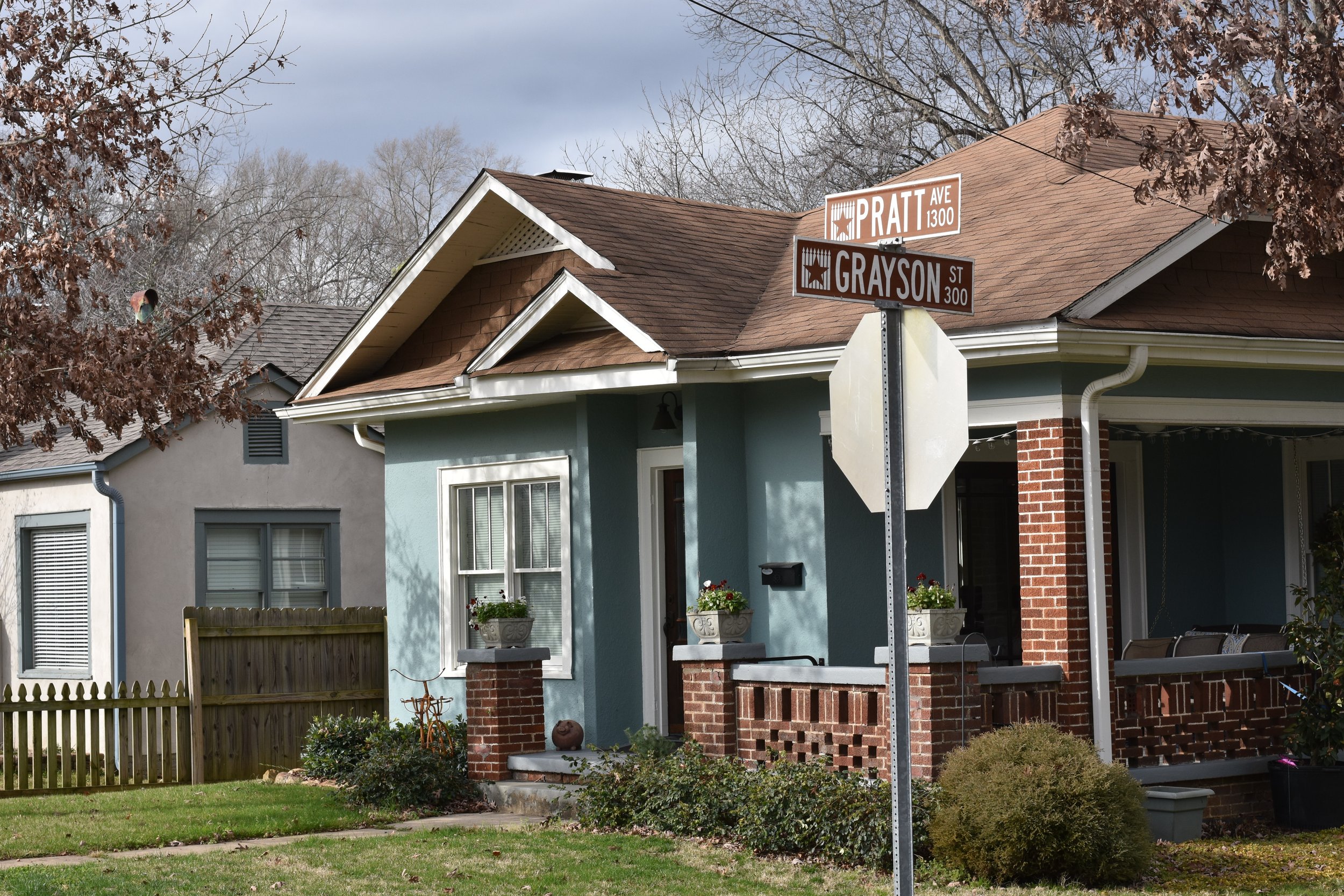
Historic Guidelines
Historic Preservation
In light of the rich history found in Five Points and our designation as a historic district, there are guidelines for renovating a home in our neighborhood. The link below takes you to the City of Huntsville Historic Preservation page, and it’s very helpful. If you have any questions, please reach out to on of our board members.
“When a person buys a house in a historic neighborhood they become a steward of the home. There were people before them and there will be people after them. We only own a house for a moment in the life of the home & it becomes a responsibility to maintain its historic integrity.”
-Judy Perszyk, Founding member of Five Points Historic District & former HHPC Board Member
East Huntsville was the first true suburb in Huntsville made feasible by the construction of a streetcar line, which allowed working people to live farther than walking distance from jobs and shopping without owning an automobile.
The East Huntsville Addition came to be known as Five Points and was created as part of the effort of local businessmen to revitalize Huntsville and attract industry and jobs following the destruction brought by the Civil War.
At over 100 years old, the mature subdivision features large trees and substantial plantings, sidewalks, front porches, a comfortable scale, a unity of street line, and a variety of housing styles, materials, sizes, and massing–features which are impossible to achieve when a neighborhood is built up over a relatively short time span.
The subdivision's beginnings are tied to 19th century events, but they also contributed to the initial effort to shape the city's future through active recruitment of jobs and businesses rather than a continued reliance on agriculture.
Maintaining the Architecture of Five Points
The Five Points neighborhood retains its 19th century grid layout of broad, parallel streets, narrow but deep lots, and rear service alleys which permit pedestrian oriented streets since most lots have rear parking access, or in some cases shared driveways straddling property lines. This type of neighborhood is the prototype of the New Urbanism displayed in planned communities such as Seaside, Florida and locally in the Providence community off of Highway 72, where architects try to recreate the neighborhood feeling of the past.




